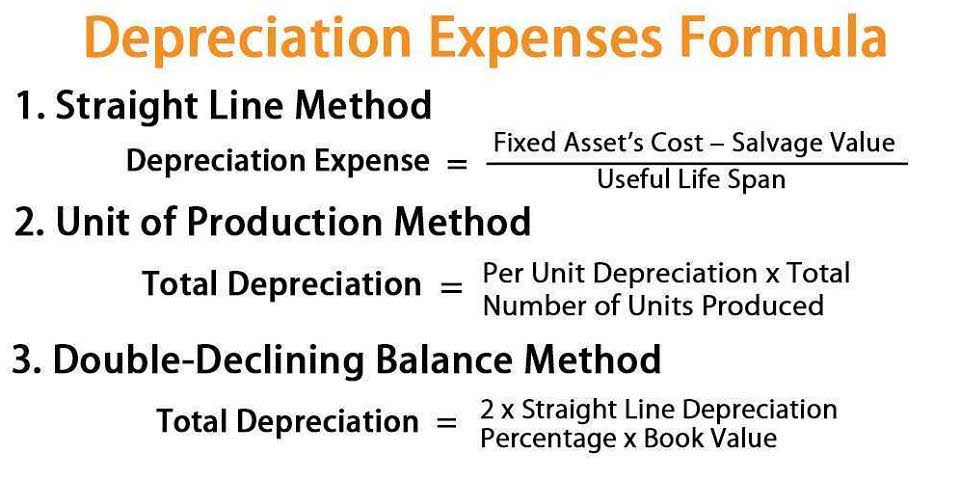
Encumbrance data enables budgetary control, letting your company better understand where they are financially at any given time. Since the money that the company will spend later is tracked, a company can keep from overspending. By making visible the amount of money you plan on spending in the future, you can more accurately see how much money you can spend on future projects or purchases without going over budget. The purpose and main benefit of encumbrance accounting is avoiding budget overspending, by showing open commitments as part of projected expenses. Encumbrances are important in determining how much funds are available as a projected expense planning tool. Despite these limitations, encumbrance accounting continues to be widely used as an effective tool for budget management, financial planning, and expenditure control.
- This intent implies that the business is highly likely to spend money in the future, which implies a commitment to make a purchase.
- We saved more than $1 million on our spend in the first year and just recently identified an opportunity to save about $10,000 every month on recurring expenses with PLANERGY.
- Browse hundreds of articles, containing an amazing number of useful tools, techniques, and best practices.
- This transparency promotes accountability, as leaders are held fully responsible for managing resources efficiently.
- Purchase order encumbrances are most commonly used in government accounting, but any organization can use the principle for budgetary control.
- Encumbrance accounting helps with contracts that have been signed, but where no work has actually taken place.
This cheap oral health staple can actually treat your toenail fungus
This enables you to allocate budgets to each department and ensure that no money goes out of your funds. When a vendor has been selected, and a purchase order or recurring purchase has been set up with the vendor, the payment becomes legally due. The funds allocated for the purchase can now not be used for any other purpose or aren’t taken back from the encumbrance account by the company.

Use PLANERGY to manage purchasing and accounts payable

It’s important to note that the specific types of encumbrances can vary depending on the nature of the organization and its financial operations. Now that we have a clear understanding of what encumbrance is in accounting, let’s explore further the purpose and significance of encumbrance accounting. At the beginning of the fiscal year, a portion of the budget is allocated specifically for office supplies. Encumbrance helps ensure you have enough funds to pay your expenses and enables you to manage and budget better. In other words, encumbrance accounting is like keeping some money separate, or ‘ringfenced’, in the budget and making sure it is only used for that planned expense, nothing else.
- By implementing this method, companies can effectively track future payments and expenses, providing a detailed view of cash flow.
- ClearTech also gives you complete visibility into your finances in the form of interactive dashboards and lets you gain control over your budgets.
- Whether implemented manually or through specialized software, encumbrance accounting empowers organizations to achieve accurate financial reporting and ultimately, drive their financial success.
- To illustrate how the complete encumbrance accounting process works, let’s take a typical example of an encumbrance transaction — a purchase order.
- They ensure that funds are reserved for specific expenses, assisting in budget management and preventing overspending.
- This mitigates the risk of insufficient funds and also enables organisations to take advantage of opportunities by having resources readily available.
AEW star’s unique chance to pay homage to Mick Foley has limitless potential
Similarly, the public sector faces challenges in implementing encumbrance accounting due to its unique funding sources and objectives. Public sector organizations, such as government agencies and educational institutions, often rely on grants and subsidies, which introduce additional complexities in encumbrance tracking. Budgetary constraints, changing priorities, and the need for transparency and accountability further complicate the encumbrance accounting process in the public sector. When combined with other financial management practices, encumbrance accounting can contribute to the overall financial stability and success of an organization.


Encumbrance accounting provides a proactive and preventative process for budgetary control. Verify purchase order transactions so you can see what encumbrances materialized into actual paid expenses. When you need to allot money for a future payment, such as when a purchase order is approved, the encumbrance account is debited. One of the most common examples of an encumbrance is the money allotted when you create a purchase order for services or items from a vendor. When you make the PO, you then will generate an entry indicating the encumbrance or the money you will pay in the future for that order. Once you pay that supplier’s invoice, you will remove that money from within the encumbrance balance.
Dumpster diver saves $20K on Christmas gifts, décor from garbage over holiday season: ‘It is my favorite time going’
- The External Encumbrance (balance type code EX) refers to the commitment of funds generated by purchase orders.
- We also allow you to process your invoices and payments your way, whether that means email, scanning, or automatically forwarding bills from your email.
- This proactive approach allows resources to be managed more effectively and avoids the cash being spent before it is needed.
- When tracking your transactions and expenses, it is crucial to reflect your cash flow on your general ledger accurately.
- Lastly, the future of encumbrance accounting is likely to involve the integration of encumbrance data with other financial management systems.
This aids your accountants in timely book closing and adding journal entries when an encumbrance has been paid. Lastly, the future of encumbrance accounting is likely to involve the integration of encumbrance data with other financial management systems. By combining encumbrance accounting with Bookkeeping for Veterinarians budgeting, forecasting, and reporting tools, organizations can gain a holistic view of their finances and make more strategic decisions. Integrated systems can automate data flow between different modules, reducing the risk of errors and providing a seamless user experience. Non-profit organizations rely on encumbrance accounting to manage their restricted funds effectively. These organizations often receive grants and donations that come with specific spending restrictions.
Jim Carrey backtracks on retirement comments after claiming he ‘needed money’: ‘Things tend to change’
Encumbrance accounting is also referred to as commitment accounting, which involves setting aside money ahead of time to meet anticipated expenses. The amount is set aside by recording a reserve for encumbrance account in the general ledger. This is to ensure that the organization has sufficient funds to meet anticipated payment obligations. It’s important to note that encumbrance accounting follows the accrual basis of accounting, where expenses are recognized when the commitment is made, not when the actual encumbrance accounting payment is made. This ensures that the financial statements reflect a true and accurate picture of the organization’s obligations and commitments. Implementing the correct AP automation solution to automate your financial processes and ensure each encumbrance is accounted for without increasing your accountants’ manual workload is essential.
What are the Top 5 Accounts Payable Alternatives to Bill (formerly Bill.com)
These software solutions eliminate the need for manual tracking and calculation of encumbrances, reducing the risk of errors and enhancing efficiency. They also enable better collaboration among finance teams, budget managers, and purchasing departments, ensuring timely and accurate encumbrance data. With the availability of these advanced tools, organizations can streamline their encumbrance accounting processes, improve financial reporting, and make informed decisions based on real-time data. By reserving funds for future liabilities, such as payroll and taxes, organizations can ensure that they have the necessary funds available when needed. This allows for better expenditure control and prevents overspending, ultimately leading to improved financial stability. Various software solutions are designed to facilitate encumbrance accounting, offering functionalities that automate and streamline the tracking and reporting of future payment commitments.
Here’s how to know if it’s really a drone

These systems enable organizations to automate encumbrance tracking, generate accurate reports, and facilitate data reconciliation. With the use of encumbrance accounting software, organizations can save time and effort while maintaining the accuracy and integrity of their QuickBooks financial records. Encumbrance accounting helps your company with budget visibility and analysis by recording planned future payments. Rather than just looking at current transactions, this type of accounting encourages tracking upcoming expenses to help show a more detailed view of your cash flow.




